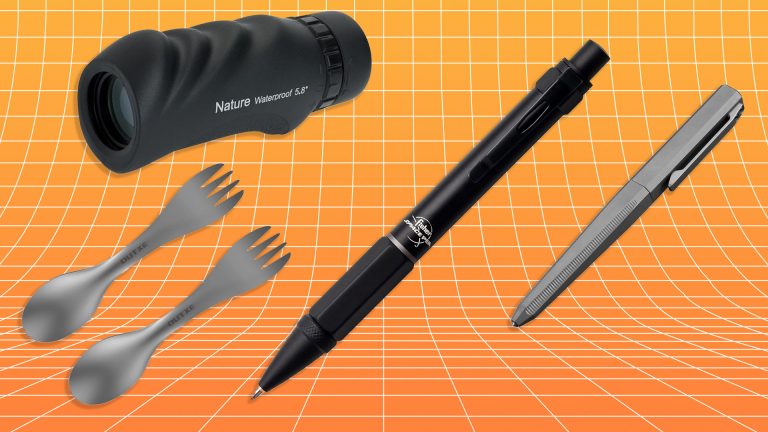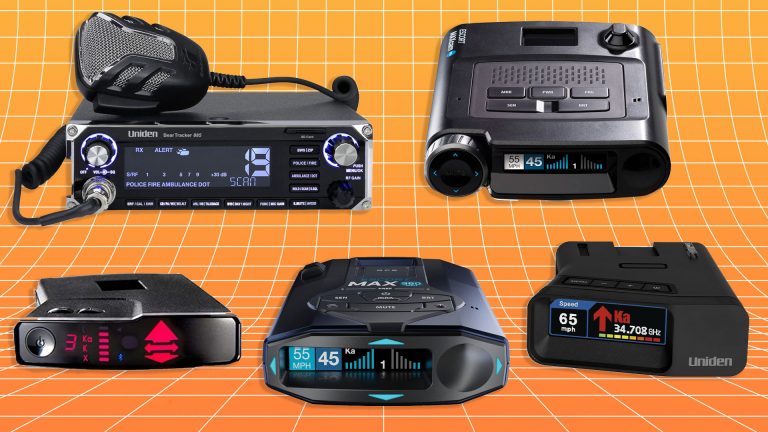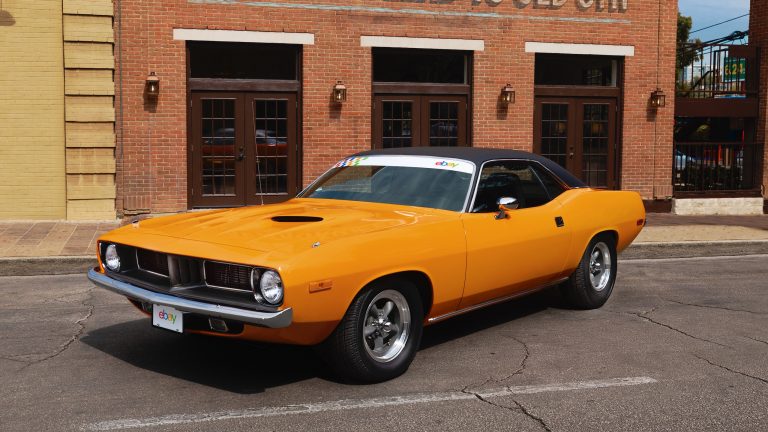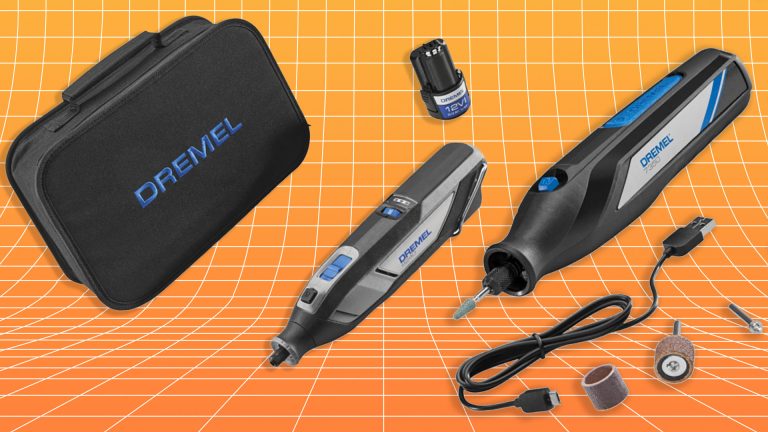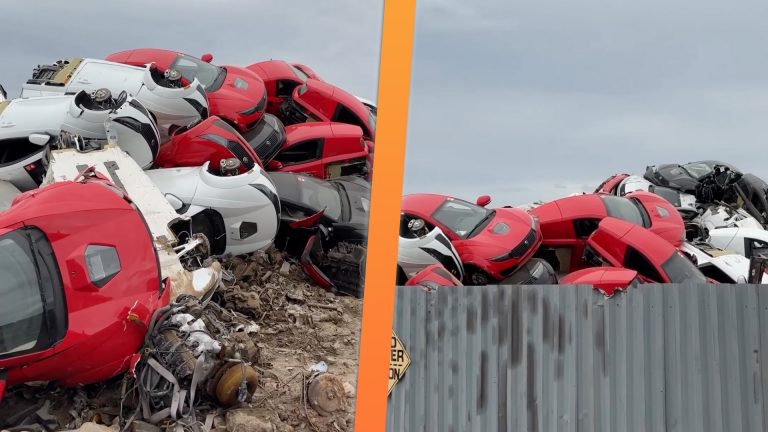Can a High-End Component Brand’s First Full-Build Gravel Bike Do It All?
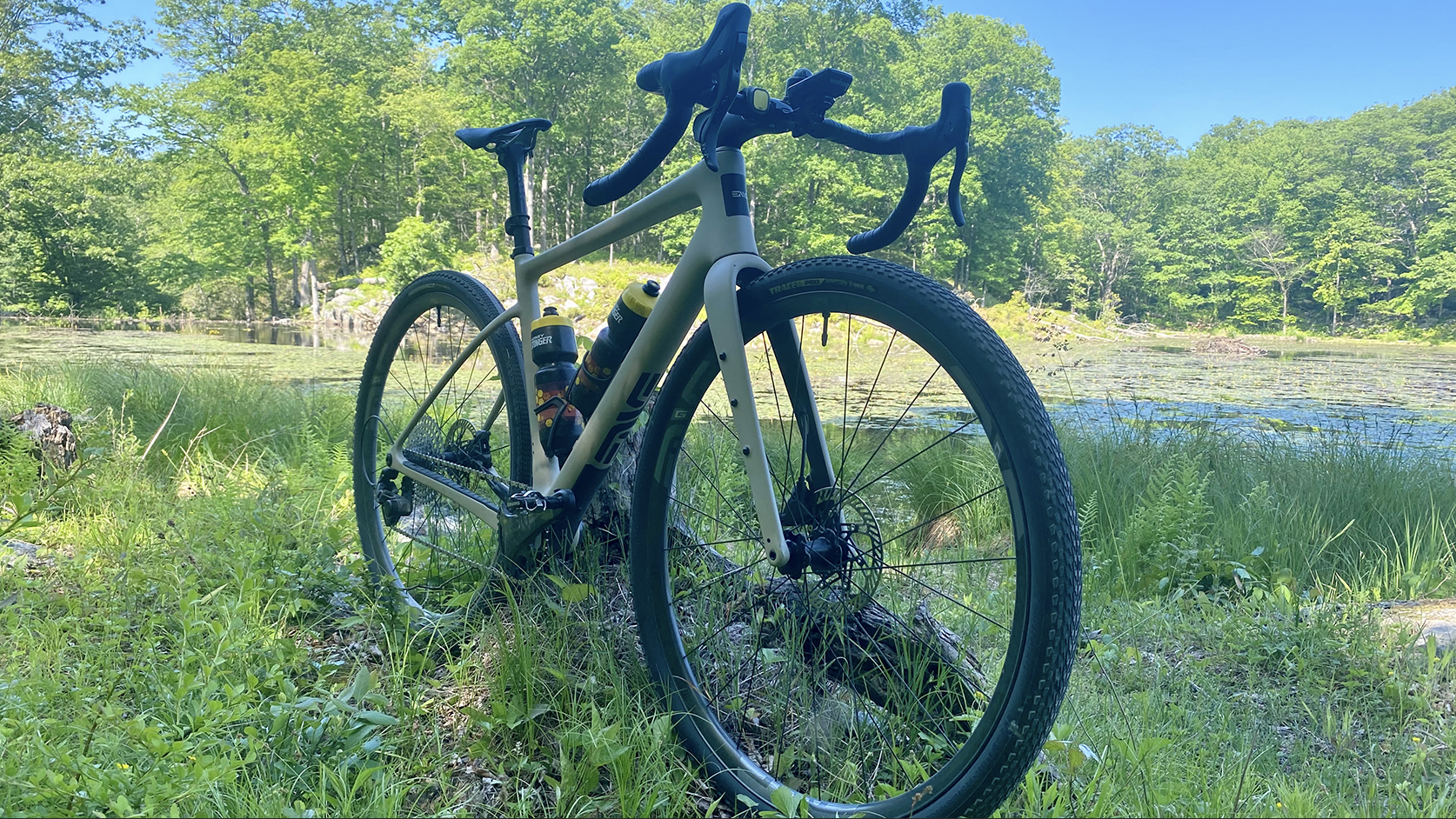
Without getting too in the weeds, 650b wheels typically accommodate wider tires, enabling a cushier gravel ride but sacrificing velocity. Meanwhile, higher-diameter 700c wheels are speed demons with a smaller margin of error.
“We did a lot of work to ensure that if you want to have that really fun, comfortable, capable, plush gravel riding machine, the way you get there is with a 50mm tire, not necessarily with a suspension fork. Suspension is heavy, and most gravel races have quite a bit of vert and climbing in them.”
—Pantone
That’s part of the reason many bikes offer a flip chip that lets you switch between two different wheelsets. Some bikes also feature a suspension fork, further smoothing out the ride. Not so the MOG, however.
“What we said is, OK, right now 650b can run like a 47mm tire in most of these bikes,” says Pantone. “But if we could run 700x50mm, it really eliminates the want to have a 650b. So we did a lot of work to ensure that if you want to have that really fun, comfortable, capable, plush gravel riding machine, the way you get there is with a 50mm tire, not necessarily with a suspension fork. Suspension is heavy, and most gravel races have quite a bit of vert and climbing in them.”
I wasn’t personally racing, but I did appreciate the overall effect, particularly going uphill, which was not the slog it is with some other bikes. I never felt like I needed more gears — rather, I was confident that the MOG could surmount the steep stuff if I simply continued to pedal.
The Gravel Grinder features about 1,100 feet of climbing every 10 miles, enough to get a feel for a bike’s ability to compensate for its rider’s lack of fitness climbing capability, and the MOG delivered.
Source: www.gearpatrol.com


